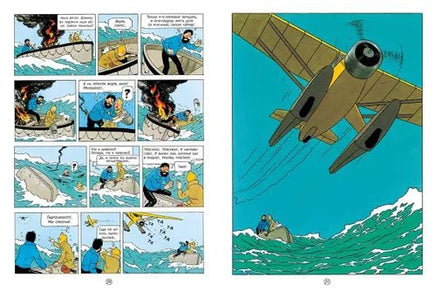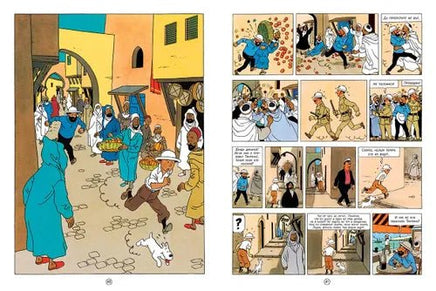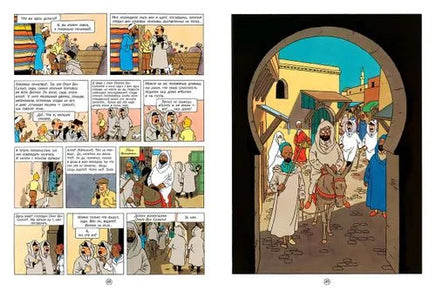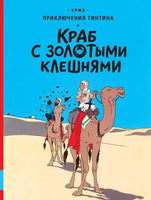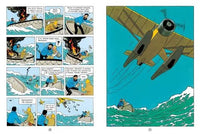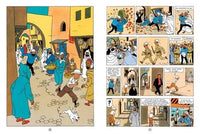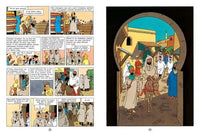FAQ
How are the goods delivered?
- All books listed in the store are located in the US and ship from our warehouse within 1-3 business days.
- The store guarantees high-quality and reliable packaging of goods to avoid damage. We really hope that your purchases will reach you in perfect condition and on time.
- When buying from $75 on an order, free shipping is automatically distributed in an economical way (for books - media mail, for games and toys - depending on weight and address).
- If you have any questions about the quality of the received goods or want to return something - write to us. We want our customers to be happy!
Our email address: bookvoed.us@hotmail.com
- The store guarantees high-quality and reliable packaging of goods to avoid damage. We really hope that your purchases will reach you in perfect condition and on time.
- When buying from $75 on an order, free shipping is automatically distributed in an economical way (for books - media mail, for games and toys - depending on weight and address).
- If you have any questions about the quality of the received goods or want to return something - write to us. We want our customers to be happy!
Our email address: bookvoed.us@hotmail.com
Do you ship to all states?
Yes, in everything
How can I find out if you have the book I need and can I order it?
Write to us, as the assortment is always replenished and perhaps your book has not yet been added to the site
What if there are problems with the order?
Chat with us or email bookvoed.us@hotmail.com


